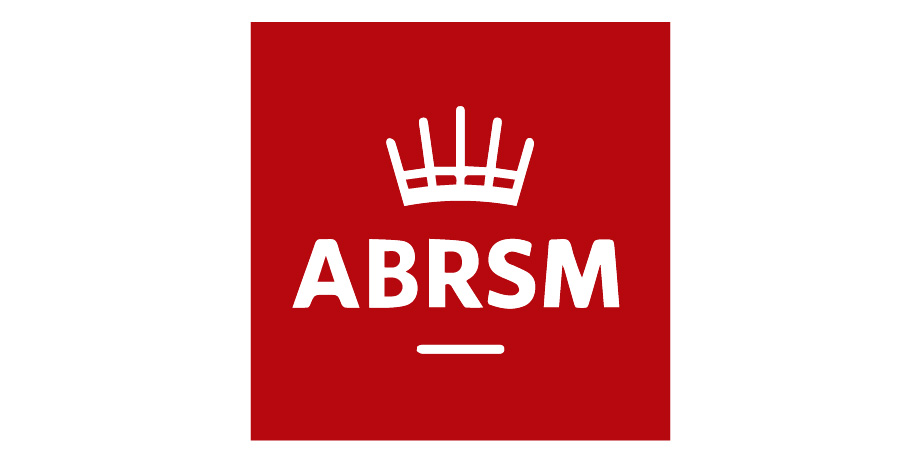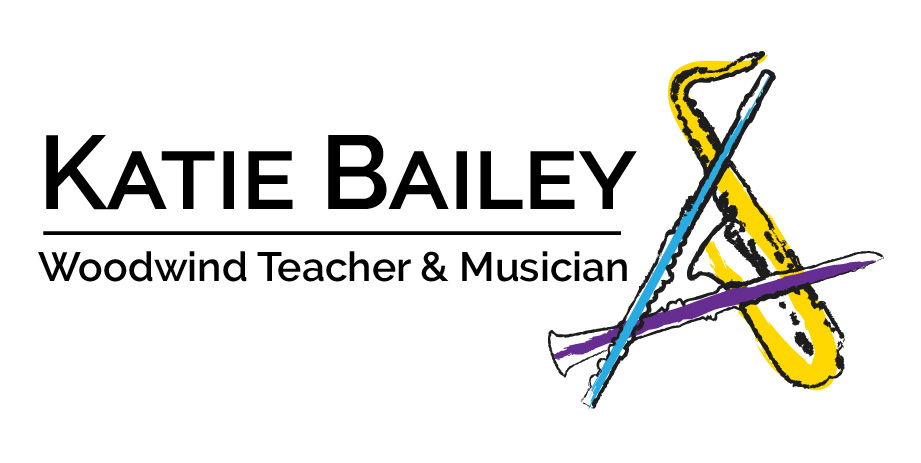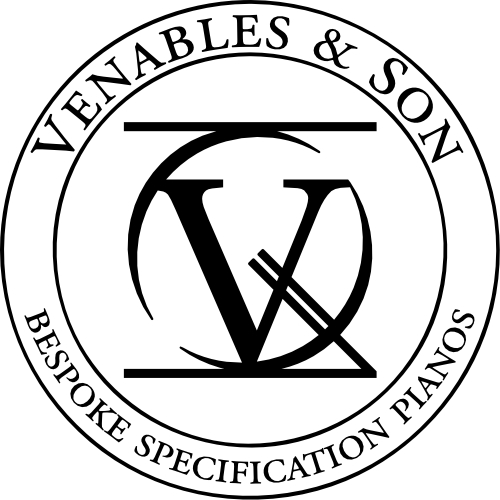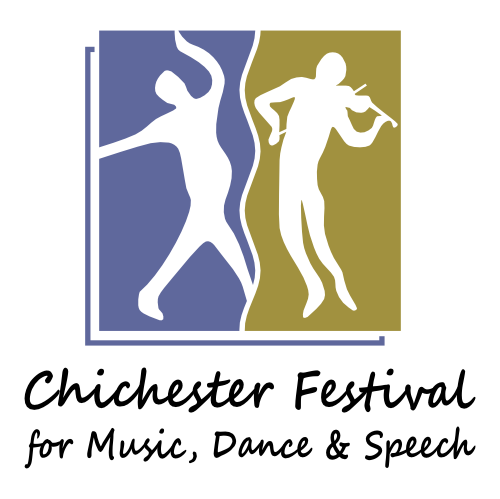What we call technique is the abilities that we have at our disposal to bring our musical ideas to life. It is really a very loose term encompassing the development of hand and bodily movements that will aid the musician. For the pianist, these movements include the strength, flexibility, coordination, independence and control of the fingers, hands and arm.
Technique is without a doubt one of the hardest things to teach, as each individual will find a technique that is suitable for themselves alone. It is easy to get bogged down in the mechanics of pianism without giving much thought to wider musical aspects such as sound and style. The best that we can do as teachers is to give each student a set of guiding principles from which to begin developing their own technique.
Famous pianists and their technique
The photo at the top of the page is of Vladimir Horowitz, one of the most celebrated pianists of the 20th century. He held his palms below the level of the keys, played the piano with straightened fingers and never raised his hands more than an inch away from the keyboard.
This method of playing is highly unorthodox; as the hand is most relaxed when the fingers are curved many people would find playing in the style of Horowitz to be uncomfortable and inefficient. For Horowitz, however, all his technical quirks came together in a perfect storm of virtuosity. When asked why he always played octaves so quickly, Horowitz simply replied, "because I can".
Canadian pianist Glenn Gould sat so low on the piano that his knees can be seen be raised above his thighs in some photographs. Due to a back injury Gould sustained in his youth, his father crafted a special chair for him which allowed him to sit extremely low at the keyboard.
Instead of striking the keys from above, Gould would "pull" them down towards him. This clearly worked for him, however, as his articulations of polyphonic works are flawless. One studio recorder who worked with Gould said that the pianist's recordings required less splicing than those by any other artist.
“There is no definitively “correct” technique that should be adhered to.”
In contrast to Glenn Gould, Claudio Arrau sat so high on his piano stool that he towered above his instrument. Sviatoslav Richter's fingers were so thick that they could barely fit between the keys, and yet his huge hands allowed him to render textures magnificently that would have physically hampered other pianists. This shows how having big hands can be both an asset and a disadvantage. Liszt and Rachmaninoff both wielded larger than average hands, but small hands did not obstruct Chopin in his writing or his playing.
From studying the performing habits of greatest pianists across the generations we can draw one conclusion for certain: there is no definitively "correct" technique that should be adhered to. Each musician will find their own way of playing that suits their hand shape and body type.
Piano Technique Foundations
There is a lot of crossover between technique and posture. From good piano posture, good piano technique is nourished. I always advise my students to be comfortable when playing. Pain is a signal sent to the brain by the body telling us that something is wrong. If we experience pain or discomfort while playing then the same is true: something is not as it should be.
“It is more important how the finger is removed from the key than how the key is attacked when playing staccato. I tell my students to play staccato notes as if they were testing a very hot plate with their finger; touch it gently and come off it quickly.”
When playing the piano for the first time, I encourage my students to try pressing the keys by moving different body parts: first by moving the fingers from the knuckle, then the hand from the wrist, then the forearm from the elbow and finally the arm from the shoulder.
Combinations of these four movements make up piano playing, and we have to decide on the best movement/combination for each note.
Staccato Touch
Teaching students to play staccato is a very fun activity. While all students are introduced to staccato as "detached", it helps many to think of staccato notes as "bouncy notes". It is more important how the finger is removed from the key than how the key is attacked when playing staccato. If the key is hit too hard it will create a harsh accented sound. Therefore, I tell my students to play staccato notes as if they were testing a very hot plate with their finger; touch it gently and come off it quickly.
In this way, it can be understood how longer notes such as minims can be played staccato as well as short notes such as quavers. An entertaining game in which students must push down a key as softly as possible and then retract their finger by quickly throwing their hand as far into the air as they can is a good way to improve staccato. The better their staccato becomes, the less they have to lift their hands, until they are playing with only a small bounce of the wrist or finger.
Scales, Arpeggios and Studies
Why is it that musicians study scales and arpeggios? Is it the case that they are simply a series of technical routines to be regurgitated in an exam? It is my belief that they are not. To me, scales and arpeggios are the testing ground for new ways of playing, a safe and ordered musical world in which to conduct my experiments.
Scales: https://www.chiarunpiano.co.uk/blog/2019/how-to-learn-scales
Arpgeeios: https://www.chiarunpiano.co.uk/blog/2019/how-to-learn-arpeggios
“The only finger patterns which are truly wrong are inconsistent finger patterns.”
When learning scales and arpeggios for the first time it is advisable to follow the given fingerings from whichever publication you are studying them from. The suggestions are usually sensible and will help you form good playing habits.
However, f you wish to make your own modifications then you should try them out, as long as the finished result is even and fluent. The only finger patterns which are truly wrong are inconsistent finger patterns. Too many pianists learning scales for the first time play them without thinking about the sound they are making; their only goal is to recite the sequence from beginning to end.
When it comes to the more fiddly aspects of piano playing, a relaxed and consistent approach is the greatest asset a pianist can have. Whenever possible, I recommend that the playing of ornaments should incorporate the thumb. When combined with a loose rotation of the wrist, this fingering will produce a clear and confident trill or mordant. If you do need to use other fingers for ornaments, remember that even though they are weaker the movement can become fluid if the arm and hand are kept relaxed.
Carl Czerny wrote a number of piano technique books. He was Beethoven's student and later taught Franz Liszt.
Studies and Etudes
What about technique books and etudes? They certainly have their place within the repertoire, however, I am not convinced that a religious study of them is the most effective way to build technique. That is not to say that rigorously working through Czerny's School of Velocity or Hanon's The Virtuoso Pianist would be useless, but rather that they would be better utilised if dipped in and out of when needed.
I feel it is much better for an individual to take on challenging repertoire that will introduce different techniques in a contextual manner. For instance, if a pianist was to attempt Chopin's Polonaise in A-flat Major (Op. 53), they may find it useful to look up the relevant studies on octaves, chromatic 4ths, trills using the 4th and 5th fingers and major 7th arpeggios.
This, to me at least, is far better than having learned these studies individually, as the pianist is instead able to play them within the context of something larger and more meaningful. I believe it is also a more effective way of becoming familiar with the relevant techniques, as there are a great number of pianists who play studies with the sole intention of getting the notes right, but without thinking about the sound they are making.












